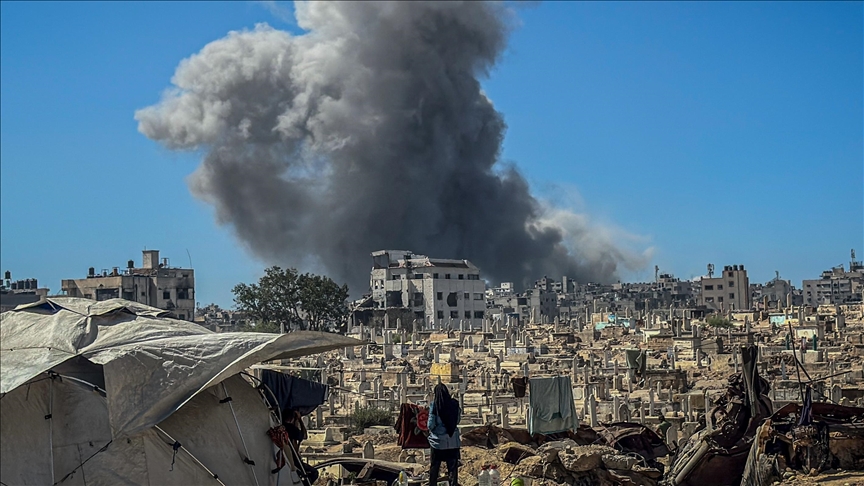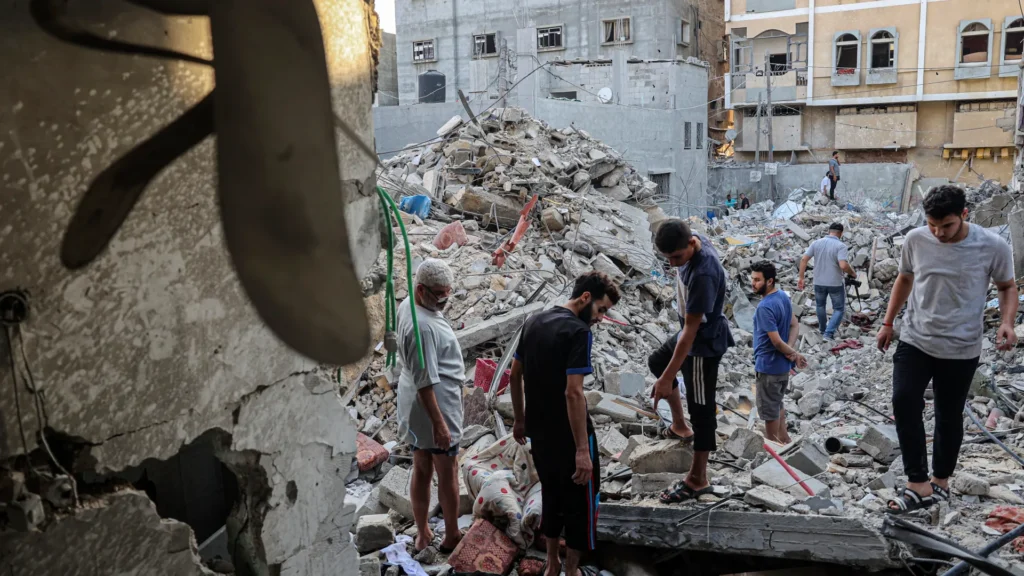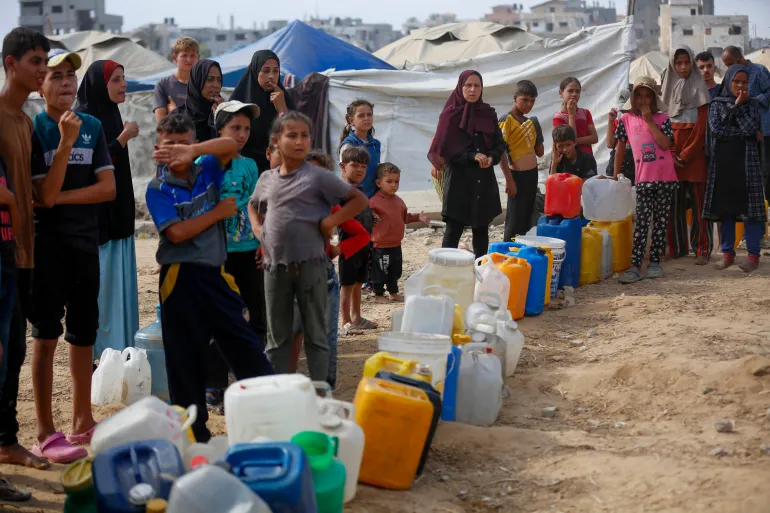
Hope and Heartache: What the Gaza-Israel Ceasefire Means for Ordinary People
Introduction
For years, headlines about the conflict between Israel and Gaza have been punctuated by violence, loss, and heartbreak. Today, for the first time in what feels like forever, peace seems within reach. A new ceasefire, brokered by international leaders, has taken effect, allowing families to return to homes they fled in fear. But as celebrations break out, questions about justice, healing, and what comes next linger in the air.
The Roots of the War—and the Long Road to a Ceasefire
This war didn’t start yesterday. Its roots run deep, through generations of pain, political miscalculation, and broken promises.
The latest flareup began two years ago, with a stunning attack by Hamas and a devastating retaliation by Israel. Thousands were killed, many more displaced, and whole neighborhoods reduced to rubble.
Through international pressure, back-channel negotiations, and U.S. intervention—especially from President Trump—a plan finally landed on the table:
- Release of hostages
- Gradual troop withdrawal
- Infusion of humanitarian aid
Adults cry tears of relief; children, wide-eyed, survey the ruins of their old lives.

How Are People Coping and Rebuilding?
The immediate mood is a mix of joy and exhaustion. For many, returning home means discovering rooms stripped bare, priceless mementos lost forever. Aid groups are rushing in food, water, and medicine, but the real work—rebuilding trust and hope—falls to the families themselves.
Best friends reunite. Moms and dads check their homes for damage. Young people write messages of hope on shattered walls. For every hug and smile, there’s a silent question: “When will we truly be safe?”

What Will Peace Look Like This Time?
Leaders on both sides are touting this as a victory. Critics warn it’s easy to call a ceasefire “peace” when the hard issues—freedom, justice, and self-determination—are unresolved.
- Some celebrate the pause in violence and the rare chance to rebuild.
- Others demand accountability, insisting the cycle of revenge must end with truth and reconciliation.
This moment is fragile. A single provocation could shatter the calm. But for now, most ordinary people just want to sleep without fear and send their kids to school without worry.
The World is Watching—And So Are the Survivors
Reactions from the international community have been mixed. Some leaders are quick to claim credit, while others insist lasting peace requires more than just handshakes and headlines.
Inside Gaza and Israel, people are telling their own stories on social media, sharing raw moments with the world. Many say the true authors of peace are not politicians, but the ordinary women and men who refuse to give in to hatred.

The Longest Journey: Moving from Surviving to Thriving
No ceasefire is perfect. But it does mark a beginning—a crack in the darkness where new light can enter. True recovery will take years. It will mean teaching children who have lost loved ones to believe in goodness again, helping communities rebuild what was broken, and holding fast to the dream of “never again.”
In Gaza, in Israel, and around the world, the question echoes: Will this be the peace that lasts? Or just another pause before tragedy returns? Time, and the choices of ordinary people, will provide the answer.








